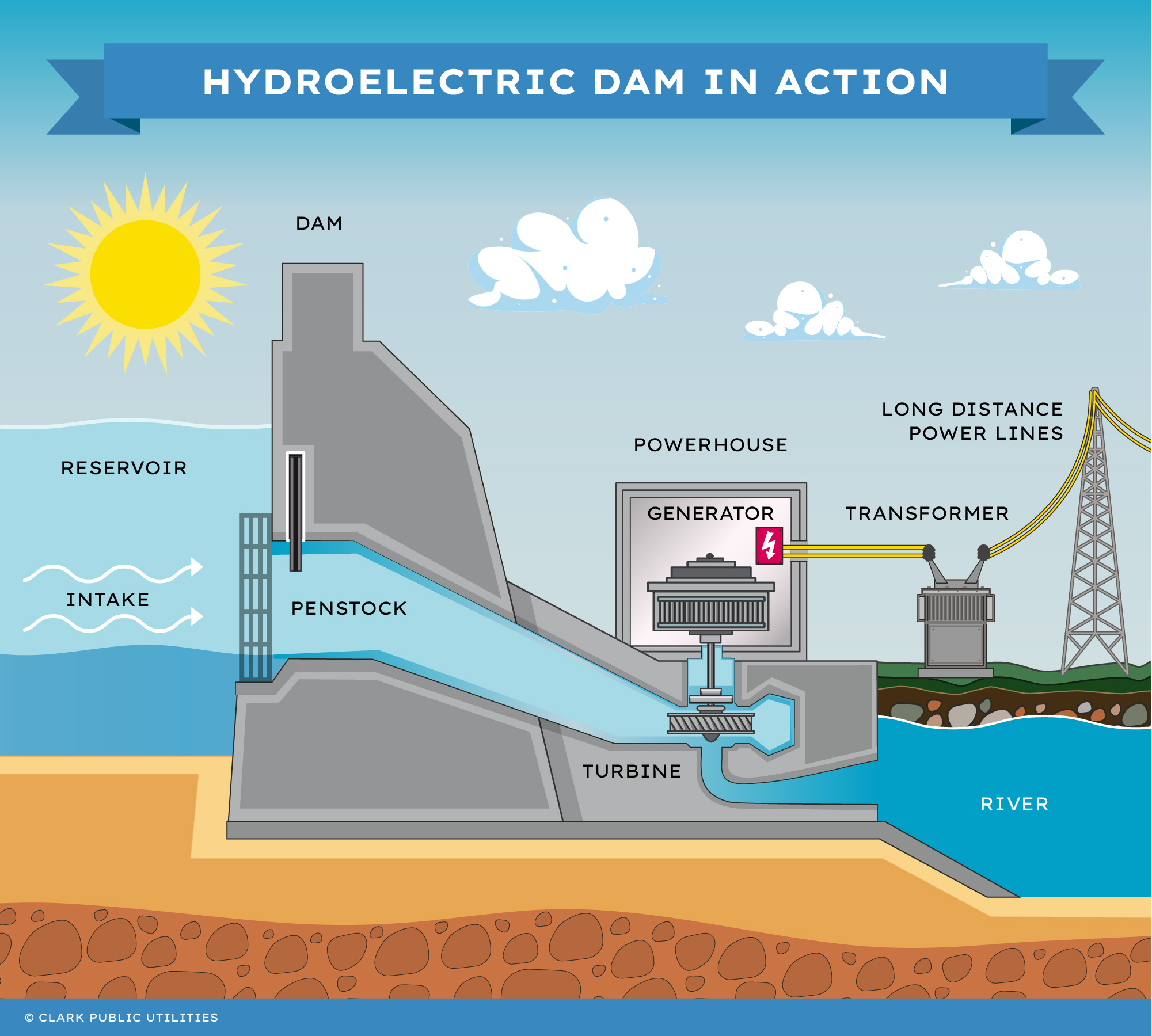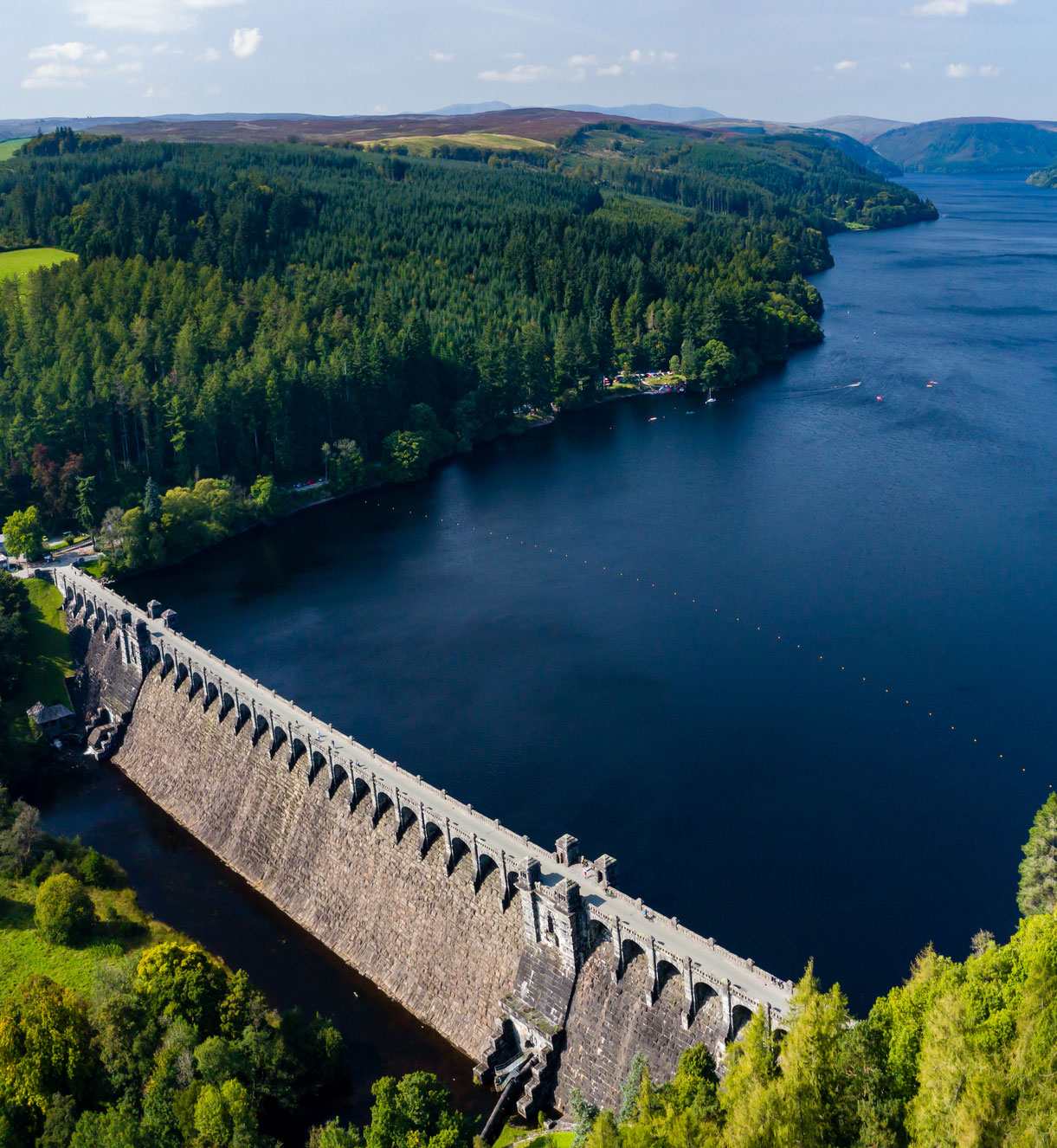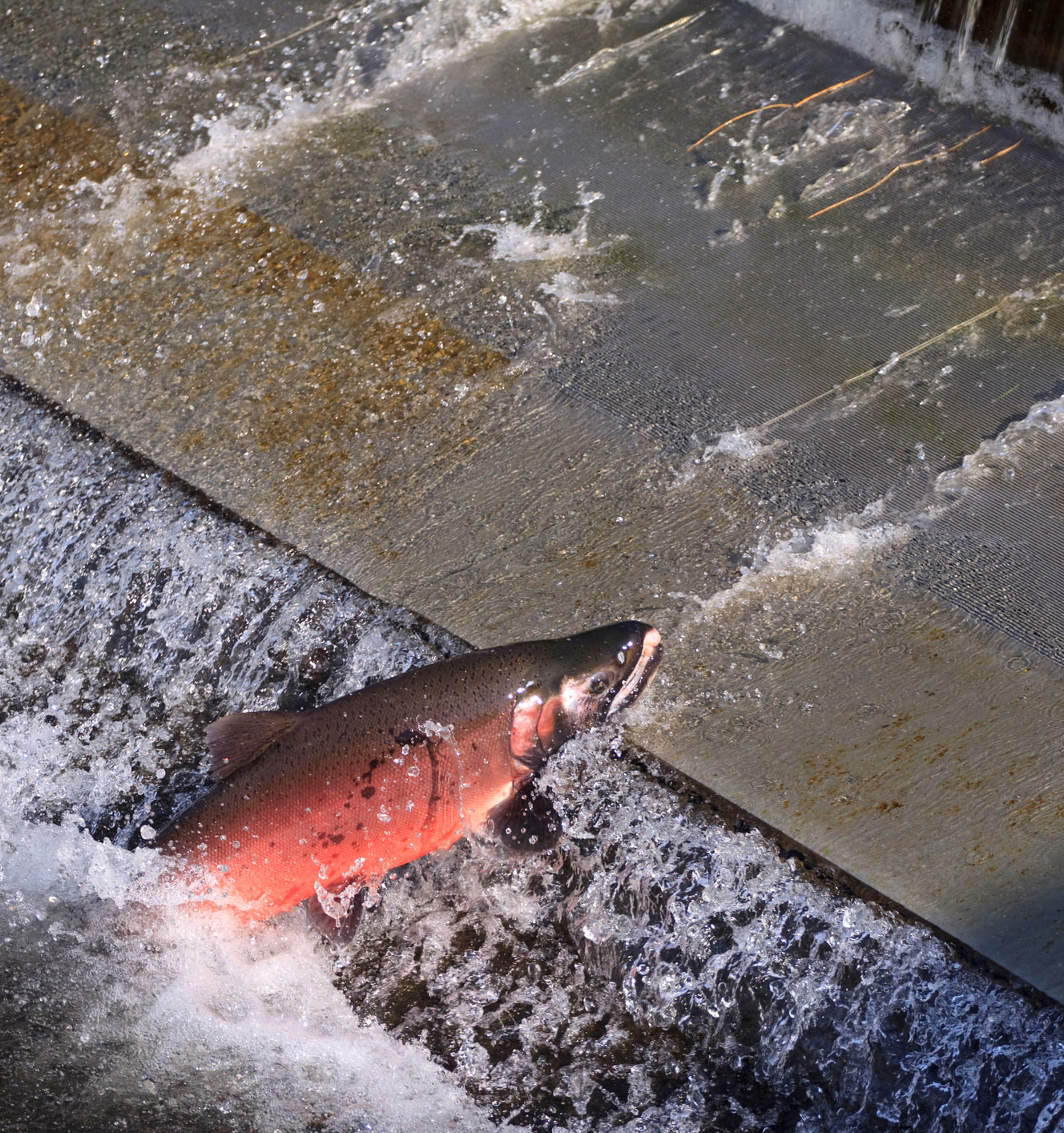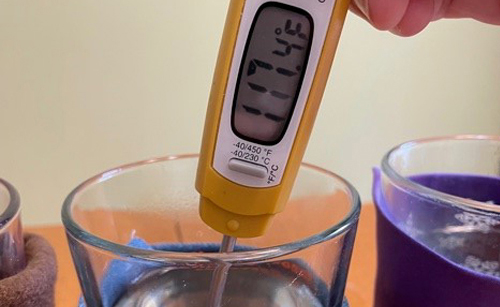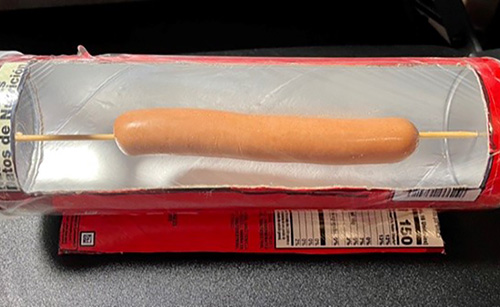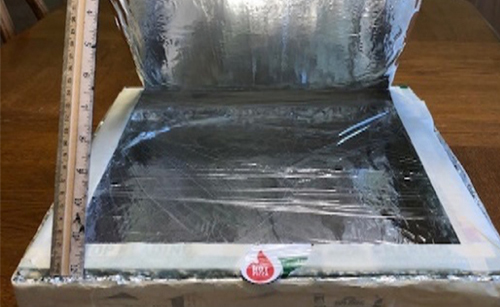How does hydroelectric power work?
Hydroelectricity is made when water turns giant turbines very quickly. This spinning movement knocks electrons off atoms, making electricity. Learn more about energy generation.
Take a closer look at hydroelectric power in action
Hydroelectricity starts high up in the mountains, where runoff from rain and snow collects in lakes and rivers and eventually flows to downstream dams. This water then enters a powerhouse and moves a giant turbine, which turns a shaft that generates electricity.
While the water returns to the river, transmission lines carry the electrical current from the powerhouse to homes and businesses.
Hydropower is more efficient than any other form of electricity generation. It uses turbines and generators to convert kinetic energy into electricity and is roughly 90% efficient. The best fossil-fuel plant is only about 50% efficient. And at its best, wind power is 33% efficient.
Other incredible facts about hydropower
- Hydropower produces no emissions. The fuel is water, which travels from dam to dam and is used repeatedly to generate electricity.
- Hydropower is renewable because water is continually replenished through rain and snowmelt (when not prone to droughts).
- Hydropower plants typically cost three to ten times less (per megawatt-hour) to generate electricity in the Northwest than nuclear, coal, and natural gas plants.
- Hydropower responds quickly to shifts in power needs. Generation can be ramped up and down almost instantaneously at a dam. This makes it an ideal backup companion to intermittent sources, like wind turbines or solar panels.

Modern-day hydropower has its origins in ancient history. Waterpower was used by the Greeks 2,000 years ago to turn wheels for grinding wheat. Mechanical developments in the mid-1770s set the stage for hydropower generation, and plants were built in the United States as early as the 1880s. In 1889, the first long-distance transmission of electricity in the country took place between a plant at Willamette Falls near Oregon City and Portland, Oregon.
Hydropower's challenges and opportunities
Hydroelectricity is not without challenges and controversy, particularly when it comes to its impact on the environment. However, dam owners, including the federal government, must operate their projects in a way that also protects the environment and the fish and wildlife that inhabit the rivers and surrounding areas. For example, dams in the Northwest have been outfitted with features that help to protect salmon and other fish that live and migrate in the river system.
However, it has a lot of positives, including:
- Hydropower helps our fight against climate change by providing clean, renewable power. Hydroelectric power doesn’t pollute the air like fossil fuel-based plants.
- Hydropower is also a domestic energy source, which means that states can produce their own energy. This reduces our reliance on foreign oil and eliminates the expensive and carbon-emitting transportation that it requires.
- The flexibility of hydropower is another real advantage. Our facilities generate power to the grid immediately and they can be set to produce the maximum output possible, so there are minimal disruptions during outages.
- Hydropower is affordable, especially when compared to other energy sources.

